Teaching Management System with Applications of RFID and IoT Technology
Abstract
:1. Introduction
2. Related Works
3. System Architecture
- Course video based on QR codeThe difficulties of the course are recorded into video materials stored on the Cloud-based teaching management system, and students can preview or review them as long as they use their own intelligent terminal through scanning QR code in the relevant knowledge of the book which can be directly connected to the part of the content. This is very convenient to the students’ who are free and autonomous to arrange their learning.
- RFID-based attendance recordIn China, most colleges and universities have realized intelligent campus card system which uses HF RFID card as students’ identification devices. We can request students to swipe the RFID card when entering the classroom before the course starts. The proposed system can record the time when the students enter into the classroom, which is an automatic record of absenteeism and late assessment. This system can urge students to participate in classroom learning on time.
- Real-time interactive responseIn the classroom’s practice session, the teacher uses the system to show practice exercises through QR code presented to the students, and then students use smart mobile terminals (such as IPAD, smart phones, etc.) to scan the QR code which can directly access the exercises in the Cloud-based system. If it is a single choice, students are required to answer questions immediately. At the same time, when students submit the answer, the system also needs students to provide with the students’ ID number and name information. Then the system can record the results of the students answer (including the answer time the question, etc.). The teacher can check the overall students’ answer to each question (how many people answer this question and how many people are wrong.). If it is found that most of the students are wrong in current classroom teaching, then the teacher can deduce the teaching effect is not ideal and need to adjust the process to re-talk and review of the course.
- IoT-based classroom behavior recordIn the classroom performance session, the teacher can ask the students to place the campus RFID card on the table. The system can give the teacher’s right of the selection of the followin behaviors as the like: “bad attitude”, “sleep”, “play game”, “conditions of answer questions”, etc. After then, the teacher only needs to use RFID reader to swipe the card which will be able to achieve real-time record the classroom performance of the target students. The system also can support achieving randomized way to ask the students to answer questions which urges students to actively participate in classroom teaching.
4. Implementation of WiFi/RFID Reader
5. Implementation of Software
5.1. Implementation of Registeration and Login Functions
5.2. Implementation of Course Video Based on QR Code
5.3. Implementation of RFID-Based Attendance Record
5.4. Implementation of Real-Time Interactive Response
5.5. Implementation of IoT-Based Classroom Behavior Record
5.6. Implementation of Cloud-Based Database
6. Discussion
7. Conclusions
Acknowledgments
Author Contributions
Conflicts of Interest
Abbreviations
| IoT | Internet of Things |
| RFID | Radio Frequency Identification |
| IRS | Interactive Response System |
| ARS | Audience Response System |
| LF | Low Frequency |
| HF | High Frequency |
| UHF | Ultra-High Frequency |
| MF | Microwave Frequency |
| MCU | Microcontroller Unit |
| QR | Quick Response |
| IC | Integrated Circuit |
| WiRF | WiFi supported RFID reader |
References
- Sun, J.C.Y.; Chen, A.Y.Z. Effects of integrating dynamic concept maps with Interactive Response System on elementary school students’ motivation and learning outcome: The case of anti-phishing education. Comput. Educ. 2016, 102, 117–127. [Google Scholar] [CrossRef]
- Kay, R.H.; LeSage, A. Examining the benefits and challenges of using audience response systems: A review of the literature. Comput. Educ. 2009, 53, 819–827. [Google Scholar] [CrossRef]
- Anshari, M.; Almunawar, M.N.; Shahrill, M.; Wicaksono, D.K.; Huda, M. Smartphones usage in the classrooms: Learning aid or interference? Educ. Inf. Technol. 2017, 22, 3063–3079. [Google Scholar] [CrossRef]
- Atzori, L.; Iera, A.; Morabito, G. The internet of things: A survey. Comput. Netw. 2010, 54, 2787–2805. [Google Scholar] [CrossRef]
- Xu, H.; Ding, Y.; Li, P.; Wang, R. A Novel Cloud Computing Architecture Oriented Internet of Vehicles. In Proceedings of the International Conference on P2P, Parallel, Grid, Cloud and Internet Computing, Asan, Korea, 5–7 November 2016; Springer: Cham, Switzerland, 2016; pp. 447–458. [Google Scholar]
- Burd, B.; Elahi, A.; Russell, I.; Barker, L.; Pérez, A.F.; Siever, B.; Divitini, M.; Parker, A.; Tudor, L.; Guerra, J.G. The Internet of Things in CS Education: Current Challenges and Future Potential. In Proceedings of the 2017 ACM Conference on Innovation and Technology in Computer Science Education, Bologna, Italy, 3–5 July 2017; ACM: New York, NY, USA, 2017; p. 392. [Google Scholar]
- Moustafa, H.; Schooler, E.M.; Shen, G.; Kamath, S. Remote monitoring and medical devices control in eHealth. In Proceedings of the 2016 IEEE 12th International Conference on Wireless and Mobile Computing, Networking and Communications (WiMob), New York, NY, USA, 17–19 October 2016; pp. 1–8. [Google Scholar]
- Badkas, C.; Shahade, M.; Ramteke, U.S. Review of Internet of Things (IoT): A vision and future directions. Int. J. Res. Sci. Eng. 2015, 1, 129–134. [Google Scholar]
- Ding, J.; Xu, H.; Li, P.; Xie, R. Design and Implementation of Food Safety Traceability System Based on RFID Technology. In Proceedings of the Conference on Complex, Intelligent, and Software Intensive Systems, Turin, Italy, 10–13 July 2017; Springer: Cham, Switzerland, 2017; pp. 657–666. [Google Scholar]
- Xu, H.; Ding, Y.; Li, P.; Wang, R. Indoor Localization Using the Reference Tags and Phase of Passive UHF-RFID Tags. Int. J. Bus. Data Commun. Netw. (IJBDCN) 2017, 13, 69–82. [Google Scholar] [CrossRef]
- Botta, A.; De Donato, W.; Persico, V.; Pescapé, A. Integration of cloud computing and internet of things: A survey. Future Gener. Comput. Syst. 2016, 56, 684–700. [Google Scholar] [CrossRef]
- Finkenzeller, K. RFID Handbook: Fundamentals and Applications in Contactless Smart Cards, Radio Frequency Identification and Near-Field Communication; John Wiley & Sons: New York, NY, USA, 2010. [Google Scholar]
- Domdouzis, K.; Kumar, B.; Anumba, C. Radio-Frequency Identification (RFID) applications: A brief introduction. Adv. Eng. Inform. 2007, 21, 350–355. [Google Scholar] [CrossRef]
- Patel, R.; Patel, N.; Gajjar, M. Online students’ attendance monitoring system in classroom using radio frequency identification technology: A proposed system framework. Int. J. Emerg. Technol. Adv. Eng. 2012, 2, 61–66. [Google Scholar]
- Arbain, N.; Nordin, N.F.; Isa, N.M.; Saaidin, S. LAS: Web-based laboratory attendance system by integrating RFID-ARDUINO technology. In Proceedings of the 2014 International Conference on Electrical, Electronics and System Engineering (ICEESE), Kuala Lumpur, Malaysia, 9–10 December 2014; pp. 89–94. [Google Scholar]
- Kato, H.; Tan, K.T. Pervasive 2D barcodes for camera phone applications. IEEE Pervasive Comput. 2007, 6, 78–85. [Google Scholar] [CrossRef]
- Want, R.; Schilit, B.N.; Jenson, S. Enabling the internet of things. Computer 2015, 48, 28–35. [Google Scholar] [CrossRef]
- Su, J.P.; Wang, C.A.; Mo, Y.C.; Zeng, Y.X.; Chang, W.J.; Chen, L.B.; Lee, D.H.; Chuang, C.H. i-Logistics: An intelligent Logistics system based on Internet of things. In Proceedings of the 2017 International Conference on Applied System Innovation (ICASI), Sapporo, Japan, 13–17 May 2017; pp. 331–334. [Google Scholar]
- Ali, N.; Santos, I.M.; Areepattamannil, S. Pre-Service Teachers’ Perception of Quick Response (QR) Code Integration in Classroom Activities. Turkish Online J. Educ. Technol.-TOJET 2017, 16, 93–100. [Google Scholar]
- Dorado, R.; Torres-Jiménez, E.; Rus-Casas, C.; Jiménez-Torres, M. Mobile learning: Using QR codes to develop teaching material. In Proceedings of the 2016 IEEE Technologies Applied to Electronics Teaching (TAEE), Seville, Spain, 22–24 June 2016; pp. 1–6. [Google Scholar]
- Downer, T.; Oprescu, F.; Forbes, H.; Phillips, N.; McTier, L.; Lord, B.; Barr, N.; Bright, P.; Simbag, V. Enhancing nursing and midwifery student learning through the use of QR codes. Nurs. Educ. Perspect. 2016, 37, 242–243. [Google Scholar] [CrossRef] [PubMed]
- Siva Nagendra Reddy, P.; Vishnu Vardhan, D.; Tharun Kumar Reddy, K.; Ajay Kumar Reddy, P. An IoT-Based Low-Cost Weather Monitoring and Alert System Using Node MCU. In Proceedings of the First International Conference on Smart Computing and Informatics, Visakhapatnam, India, 3–4 March 2017; Springer: Singapore, 2018; pp. 265–274. [Google Scholar]
- Yang, L.; Zhi-Hong, D.; Dong-Sheng, C. Design of Adaptive RFID Reader based on DDS and RC522. In Proceedings of the International Conference on Applied Science and Engineering Innovation (ASEI 2015), Jinan, China, 30–31 August 2015; pp. 83–87. [Google Scholar]
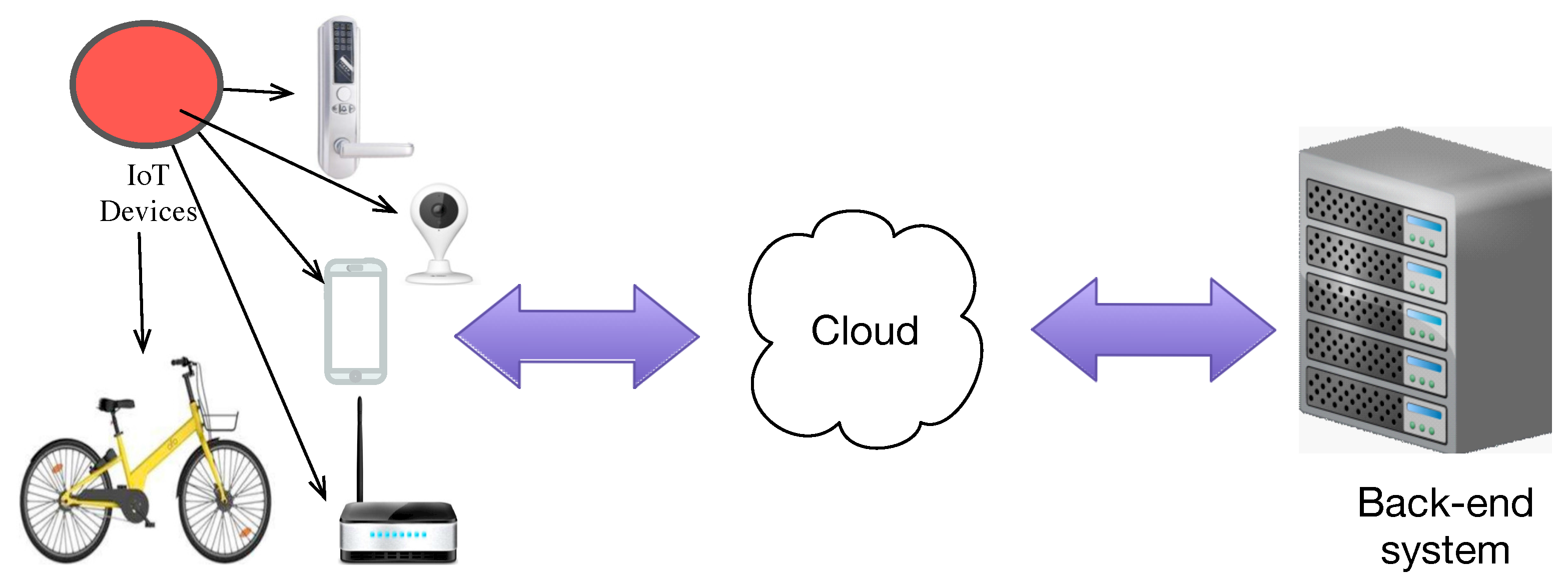
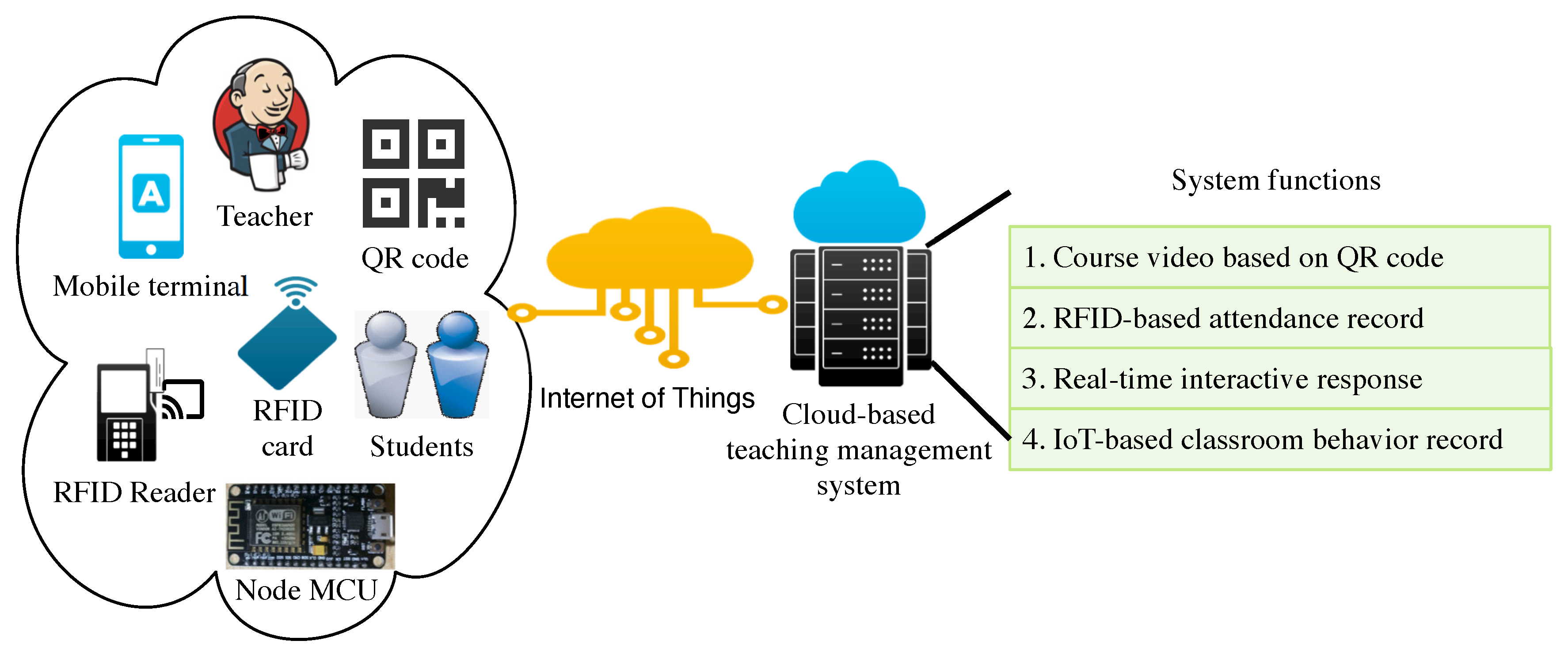
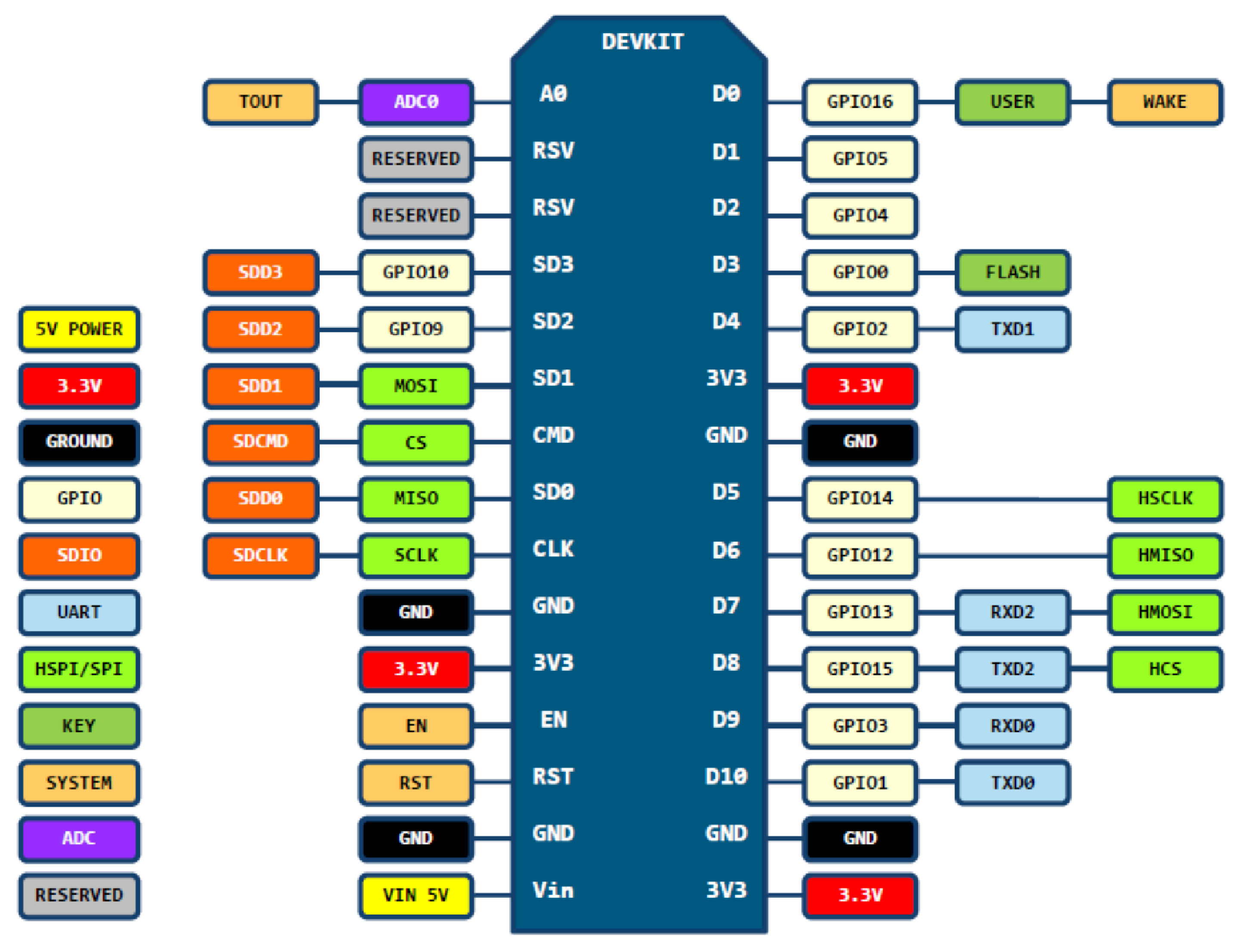
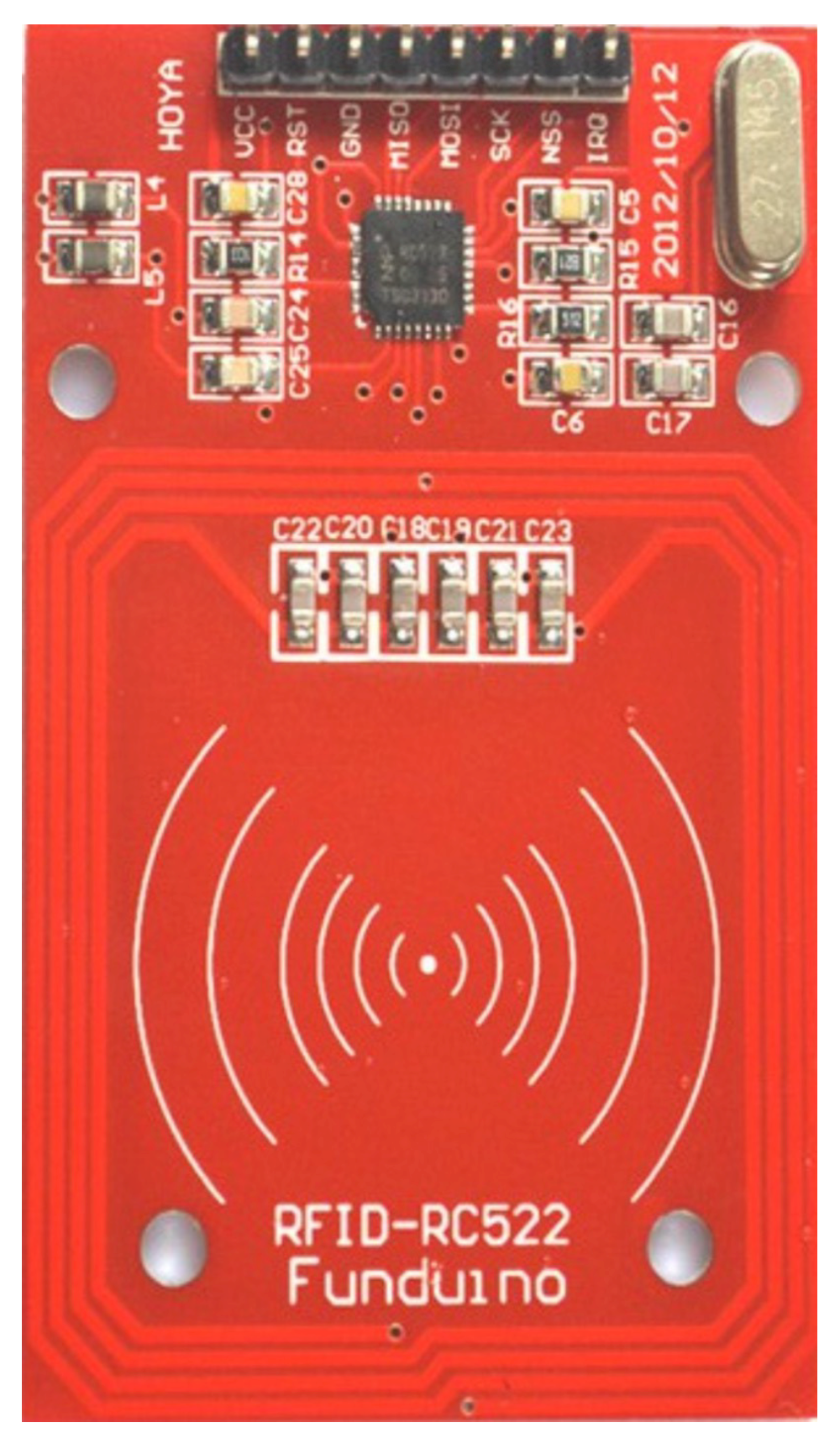
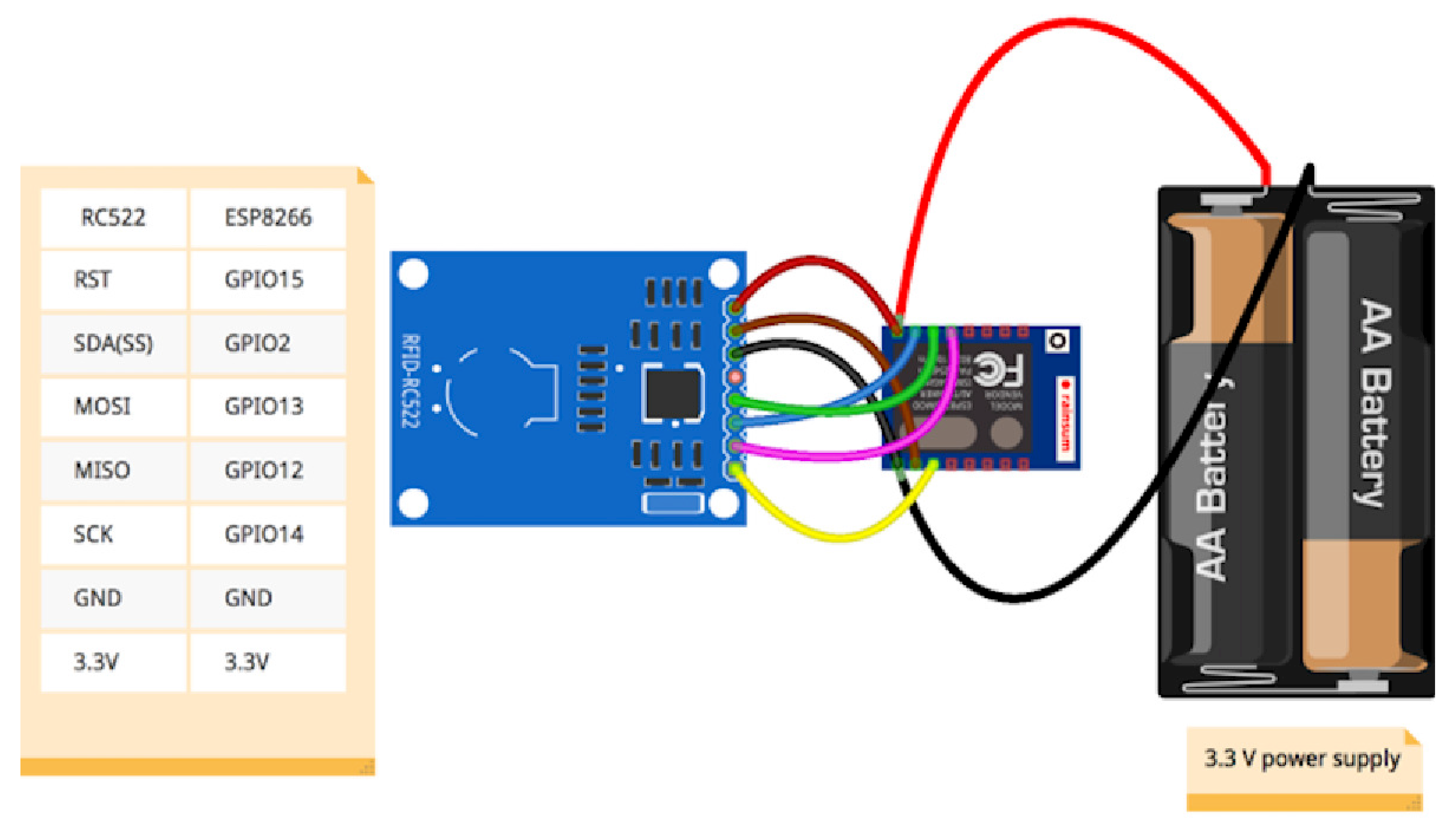
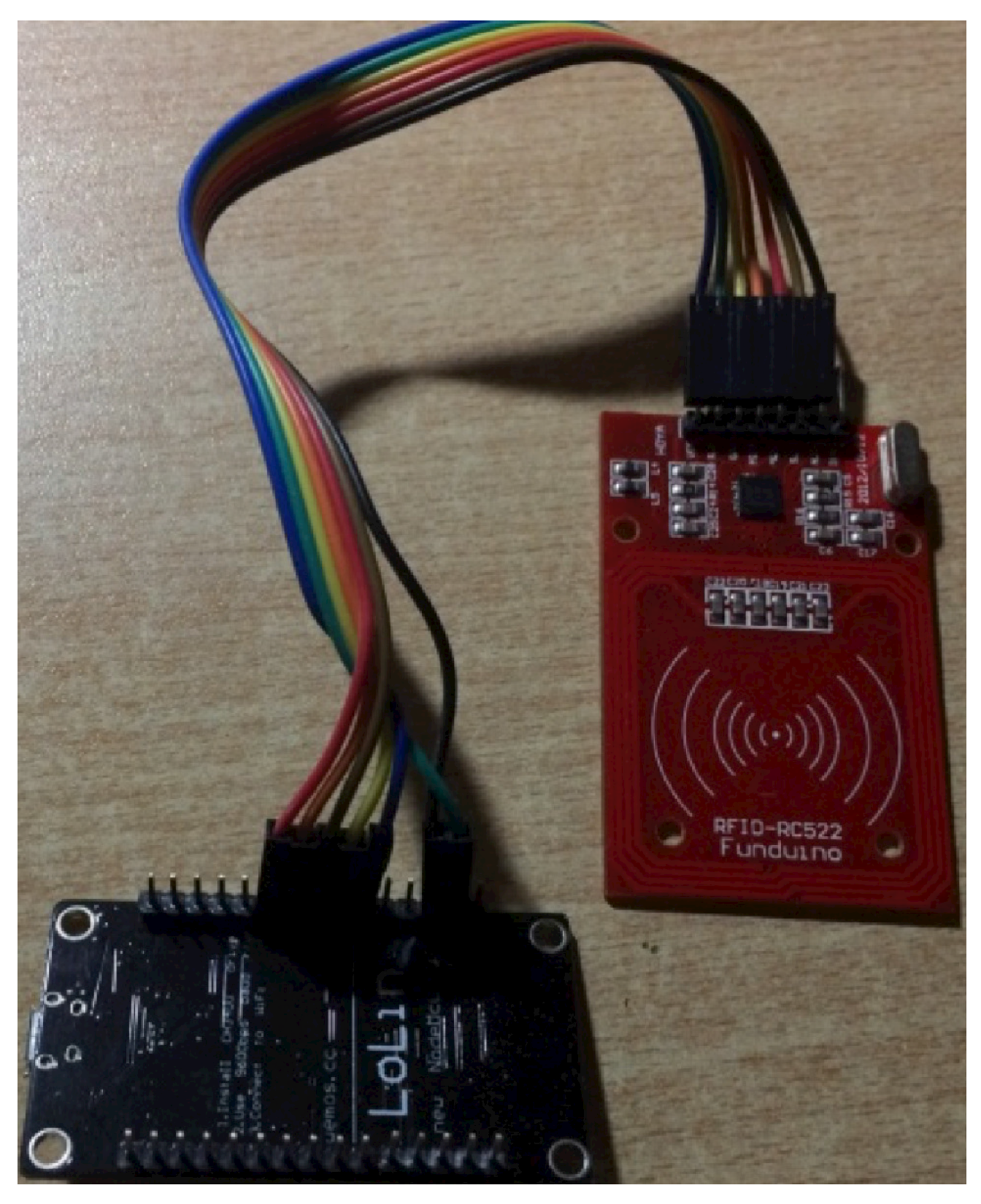
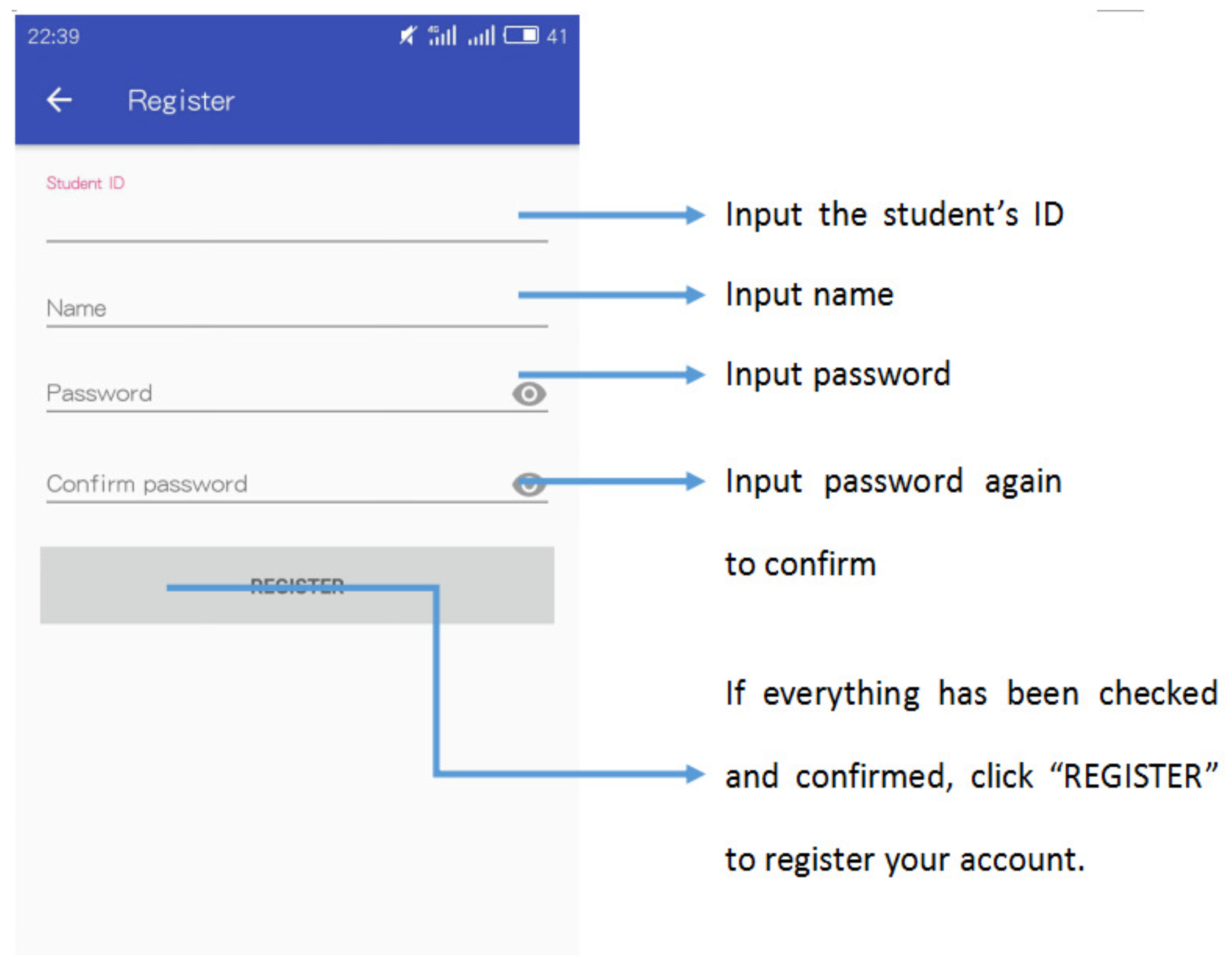
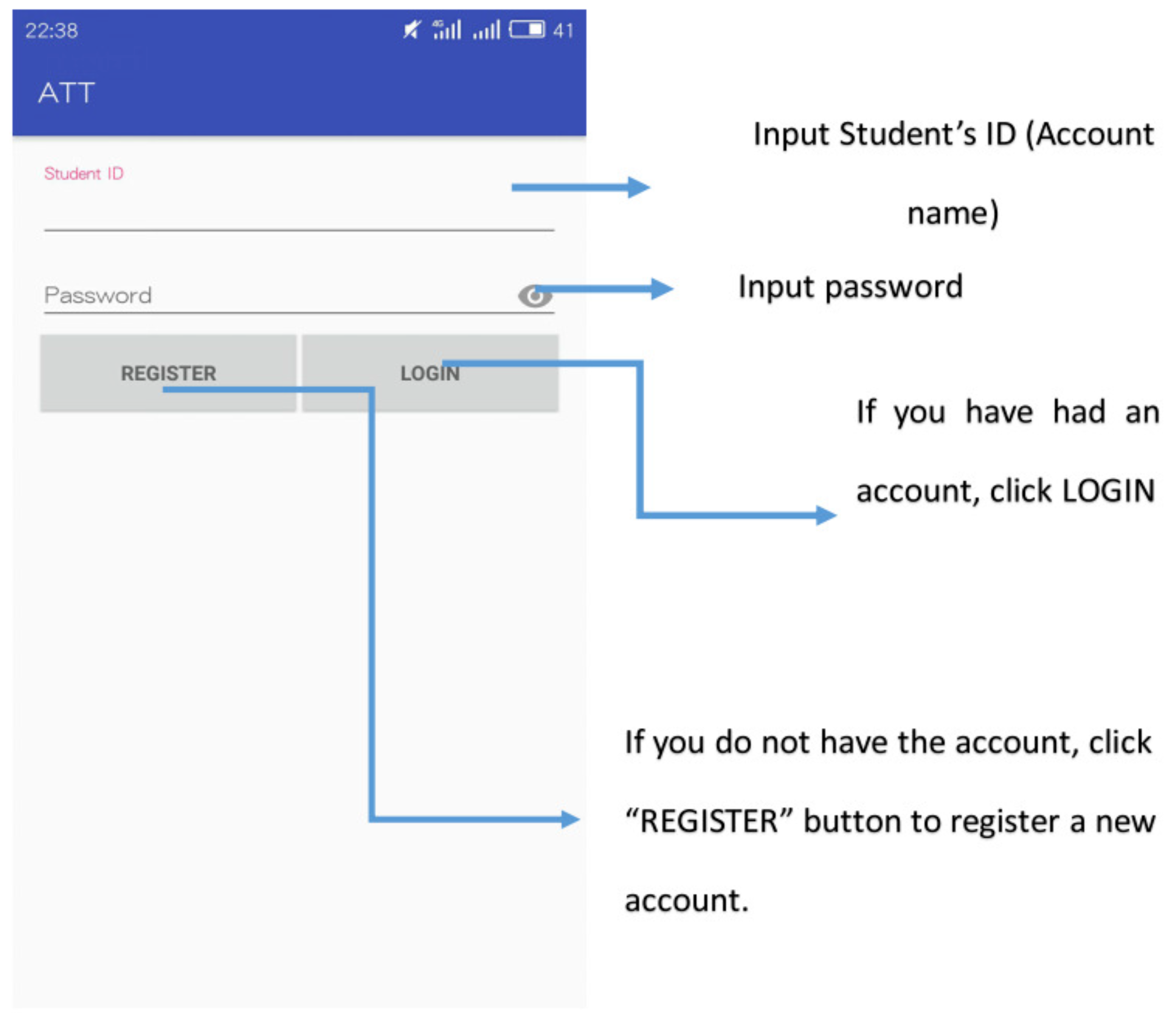

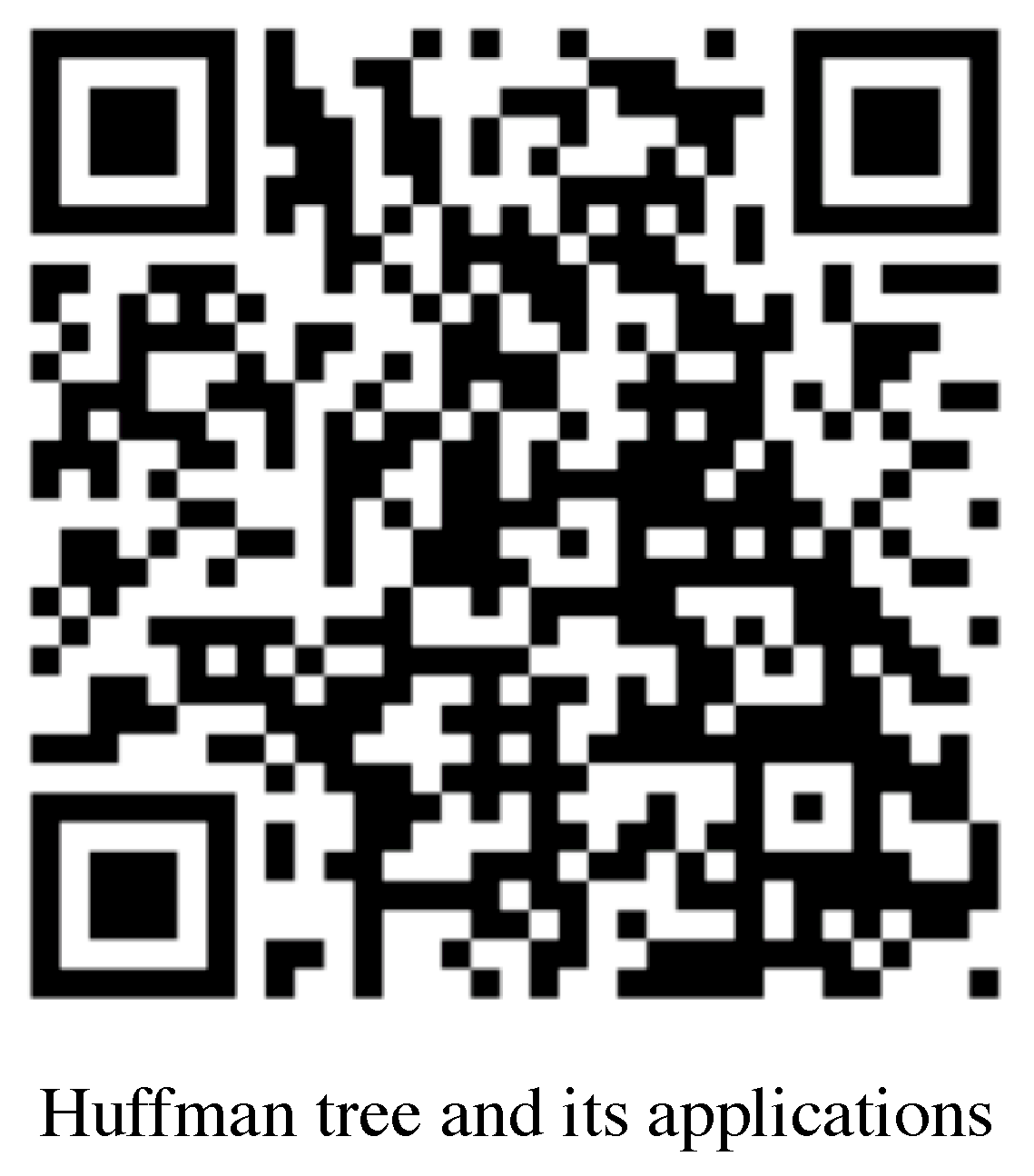
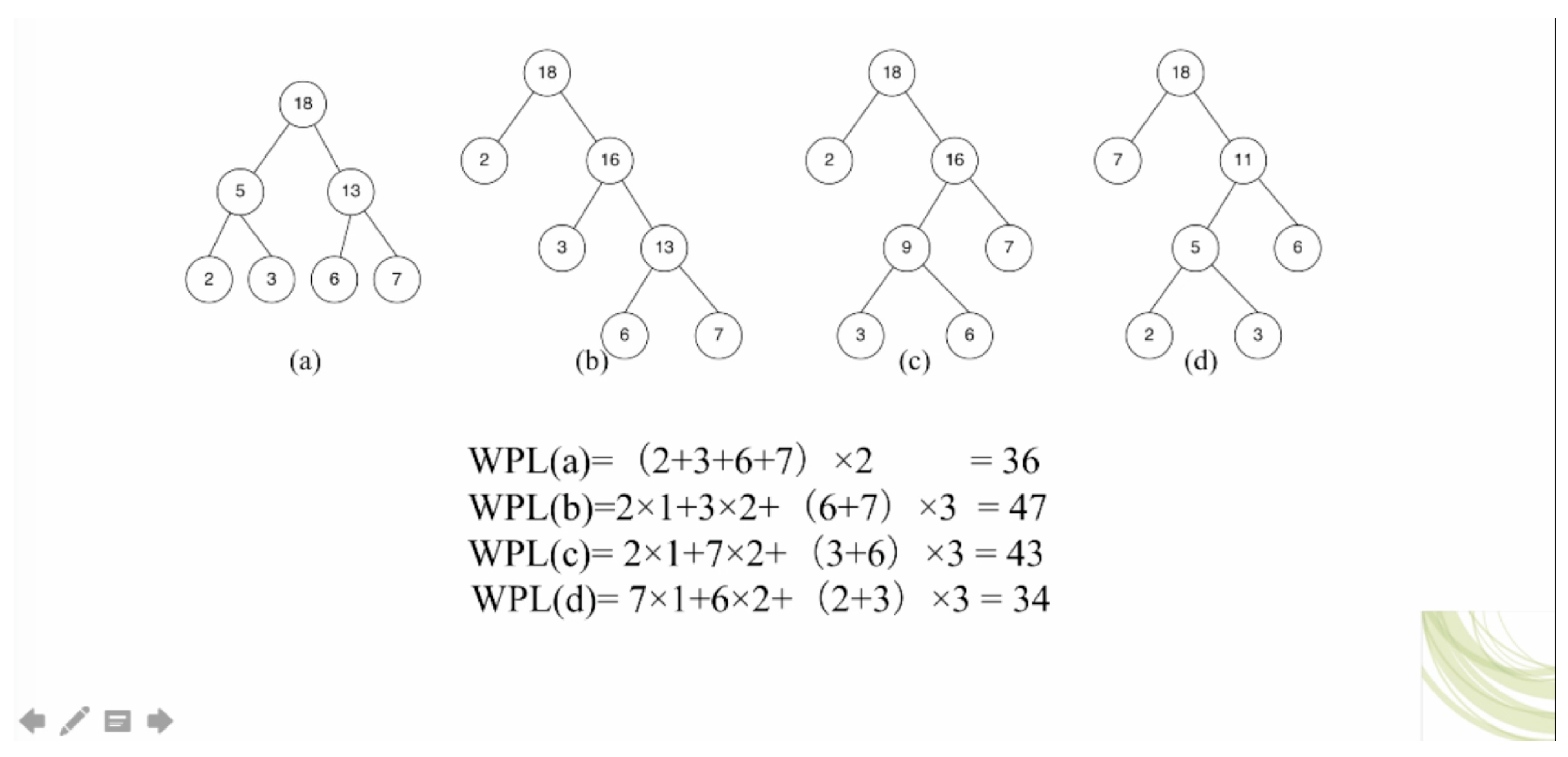
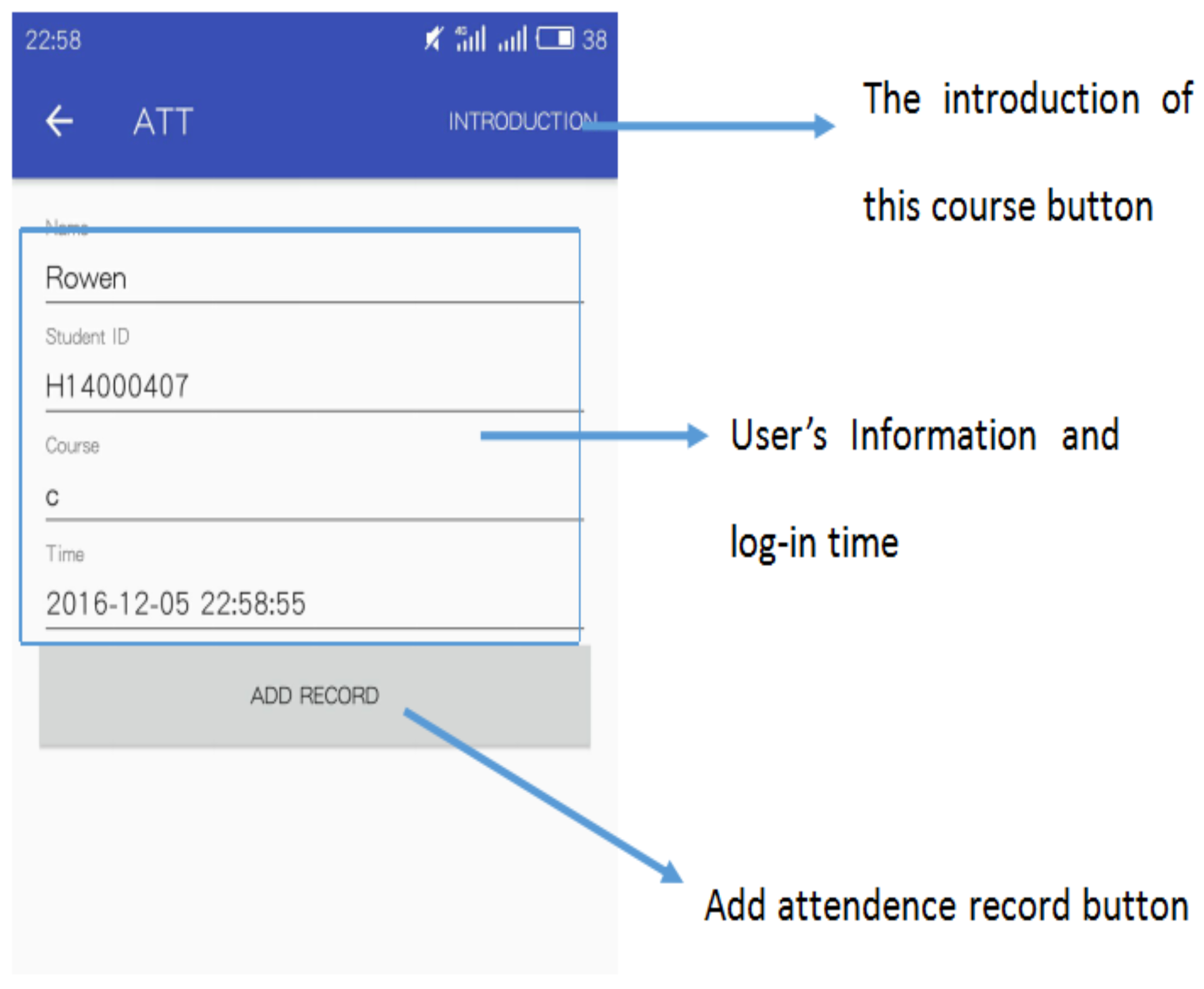

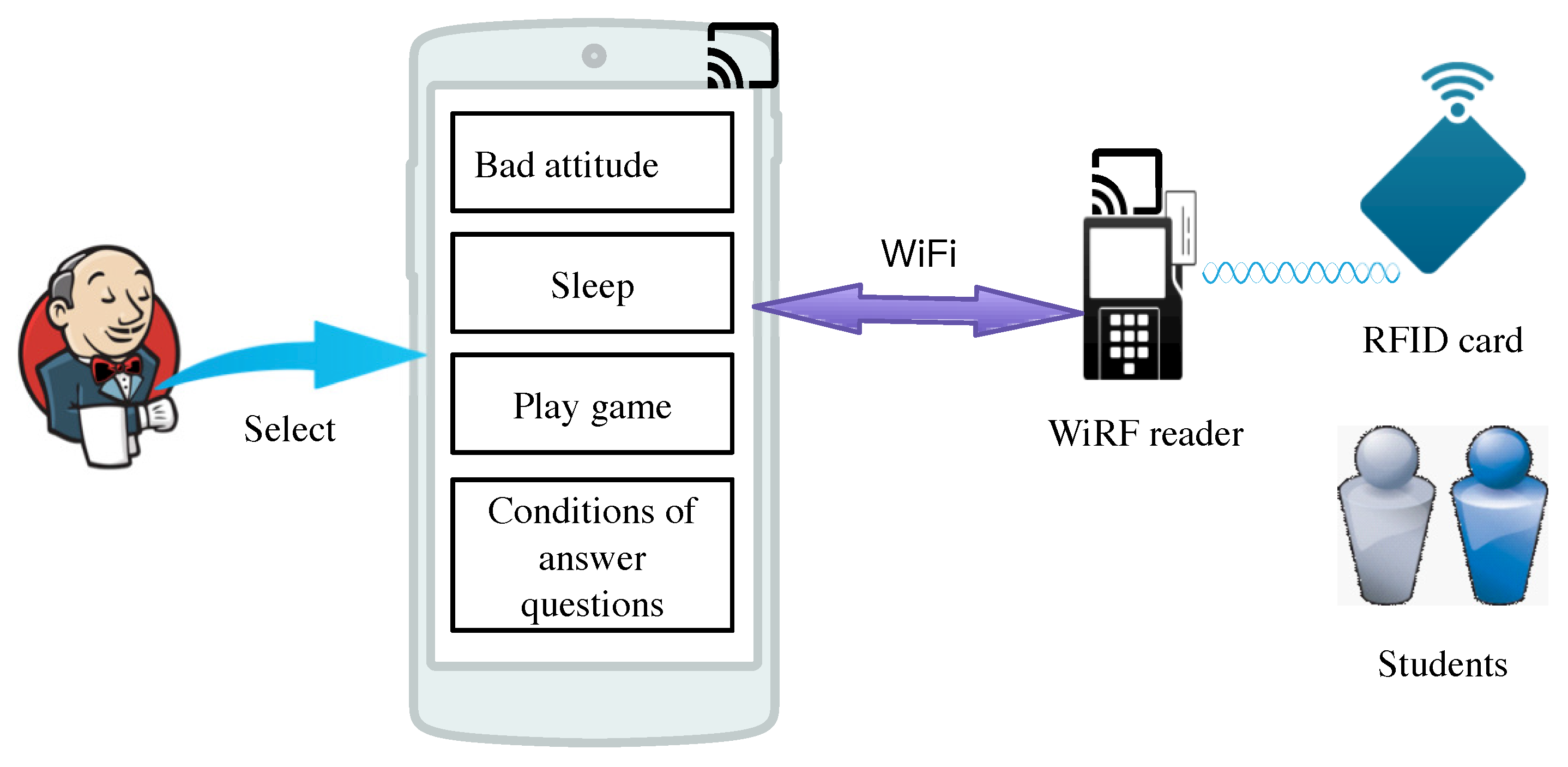

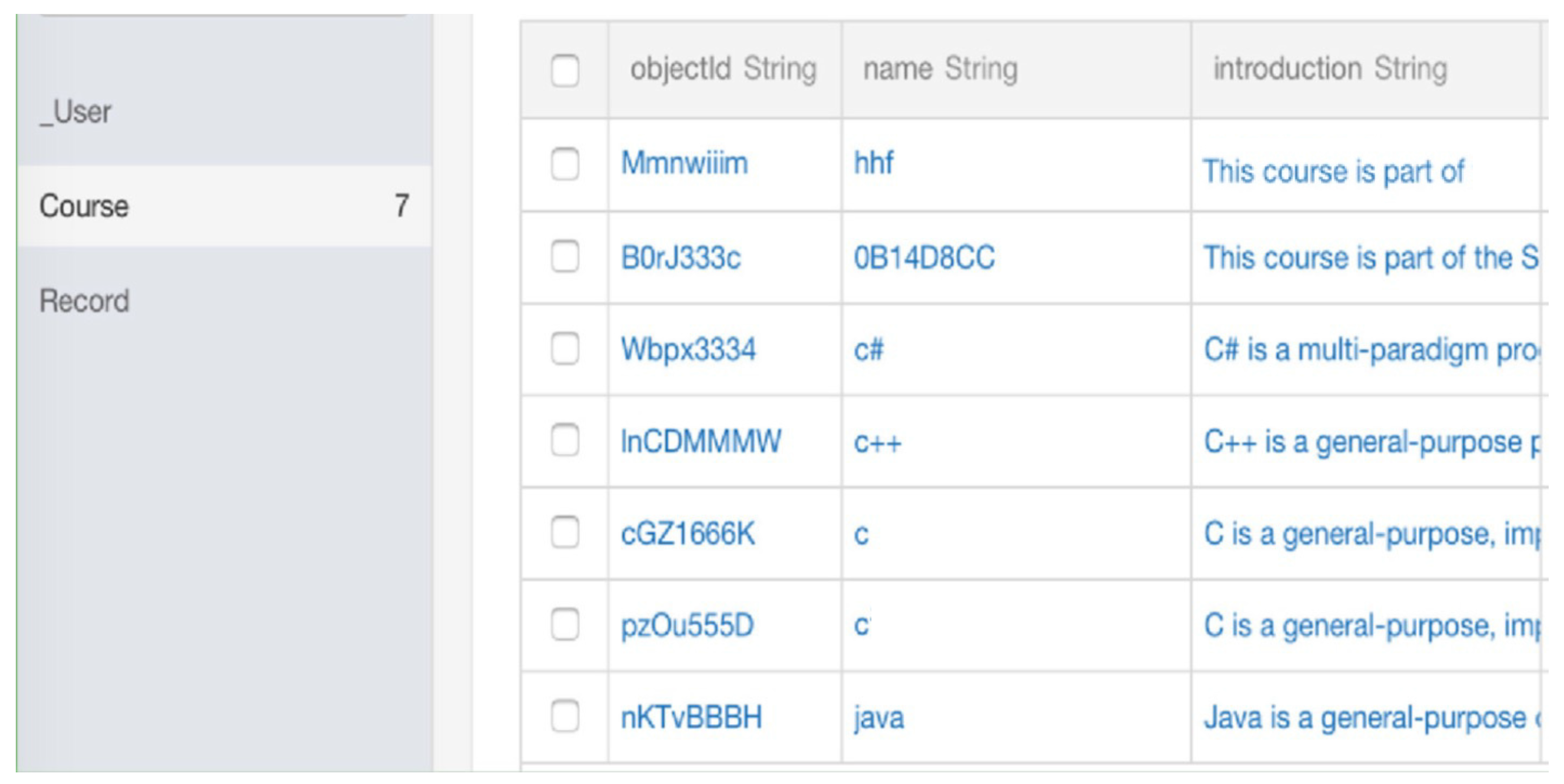

© 2018 by the authors. Licensee MDPI, Basel, Switzerland. This article is an open access article distributed under the terms and conditions of the Creative Commons Attribution (CC BY) license (http://creativecommons.org/licenses/by/4.0/).
Share and Cite
Tan, P.; Wu, H.; Li, P.; Xu, H. Teaching Management System with Applications of RFID and IoT Technology. Educ. Sci. 2018, 8, 26. https://doi.org/10.3390/educsci8010026
Tan P, Wu H, Li P, Xu H. Teaching Management System with Applications of RFID and IoT Technology. Education Sciences. 2018; 8(1):26. https://doi.org/10.3390/educsci8010026
Chicago/Turabian StyleTan, Ping, Han Wu, Peng Li, and He Xu. 2018. "Teaching Management System with Applications of RFID and IoT Technology" Education Sciences 8, no. 1: 26. https://doi.org/10.3390/educsci8010026
APA StyleTan, P., Wu, H., Li, P., & Xu, H. (2018). Teaching Management System with Applications of RFID and IoT Technology. Education Sciences, 8(1), 26. https://doi.org/10.3390/educsci8010026




